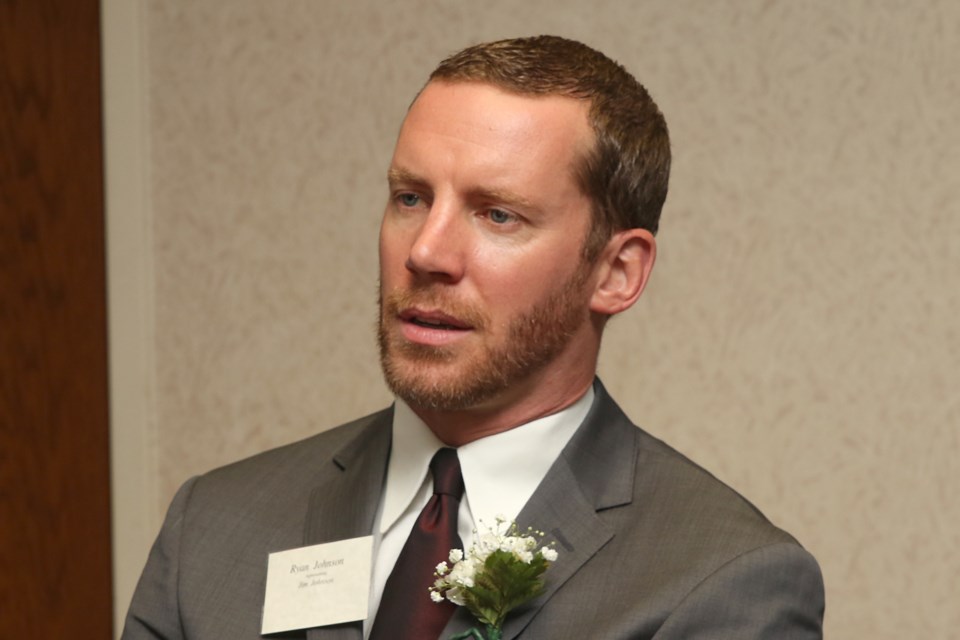THUNDER BAY -- Ryan Johnson’s shot-blocking bruises have long faded away.
Luckily for the next generation of hockey players, his love for the game has not.
Johnson, never the most talented player on the ice during a 13-year NHL career that took him to Florida, Tampa Bay, St. Louis, Vancouver and Chicago, has spent the last three years in Vancouver Canucks front office, where he presently serves as the team’s director of player development.
It’s a role the 40-year-old cherishes – and it comes with huge responsibilities.
Johnson’s job is to nurture the team’s draft picks, the future of the franchise, and help them make the transition from the amateur game to the professional ranks.
It’s a big step, whether you’re a first-round pick like defenceman Olli Juolevi, the Canuck’s first-round pick (fifth overall) in the 2016 NHL Entry Draft, or Mackenzie Stewart, a blue-line taken with Vancouver’s final choice, 186th overall, in 2014.
Ultimately all players drafted have the same goal, but not all players are created equally. Some are ready for the bright lights and responsibilities that come with being a professional hockey player. Others need to be shown the way.
That’s where Johnson, who now calls Nashville home, steps in.
“Once we pick them they come to me and I devise a plan for them and how they fit into the organization and try to take that (draft) crop and try to produce two or three full-time NHLers,” Johnson said, in a way following in the footsteps of his late father Jim, who helped found a Kings hockey program locally that has produced several NHL players over the years.
“To simplify it, it’s being a mentor to young players who want to do what you were able to do. My dad always said to me, ‘The game’s been very good to you, so if you have an opportunity to give back to it in some way, you definitely should do it.’”
Due to its nature, in NHL circles Johnson’s job is almost always filled by an ex-player, often a journeyman type.
Brad Bombardir, Chris Drury, Scott Pellerin, Ian Laperriere, Steve Staios and Larry Robinson have all held the position with other franchises, most not exactly household names.
Still, sometimes not even that’s enough to convince an up-and-comer there might be a better way to succeed.
“The biggest battle for me is helping them understand that it’s going to be a three- or four-year process from the time their drafted, but if they put in the time and they put in the commitment and sacrifice, get that ‘I’ve got it all figured out out of their minds,’ and take some of that information and the resources we’ve provided them, they’re going to have a great opportunity to play in the league for a long time,” Johnson said.
But when it pays off, that’s the reward, he added.
“One of the first time one of my kids got called up and played in the NHL I sat there and thought, ‘Wow, what a great accomplishment for this kid and where he was three years ago to where he is now is amazing; and not just as a hockey player, but for me, who they are as people.”



